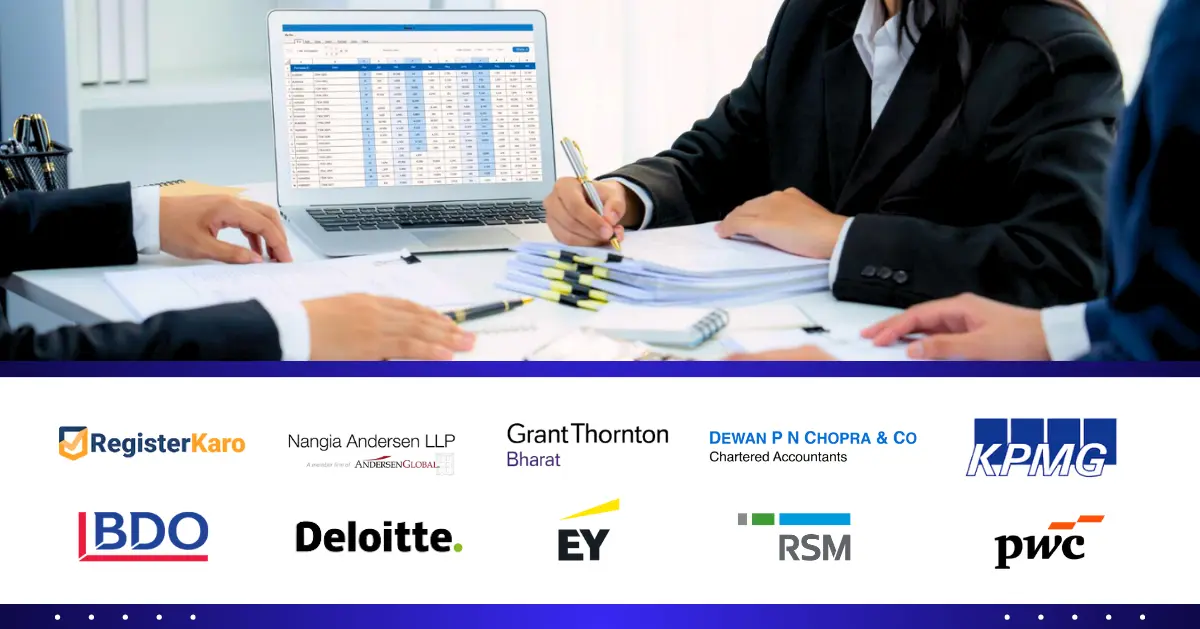
Introduction
A canceled cheque is a key document used in various financial and banking transactions. Whether you’re setting up direct deposits, applying for loans, or verifying bank details for recurring payments, understanding how to properly write and use a canceled cheque is essential. While the concept may seem simple, there are specific details you need to get right to ensure it serves its intended purpose.
This guide provides an in-depth look at writing a canceled cheque, its uses, common mistakes, and more.
What is a Canceled Cheque?
A canceled cheque is a cheque that has been marked as invalid for payment by crossing out the cheque details. Unlike a regular cheque that is issued for payment purposes, a canceled cheque serves as proof of the account holder’s banking details. The cheque cannot be cashed or deposited, but it can be used to share essential information like the bank’s name, branch, account number, and account type.
Features of a Canceled Cheque
The key features of canceled cheques are:
- Crossed Lines: The primary feature of a canceled cheque is the two parallel lines drawn across it diagonally. This indicates that the cheque is not to be used for making payments.
- Account Details: It includes the details of the account holder such as the bank account number, the bank’s name, the branch, and the IFSC code, which are critical for many types of financial transactions.
- Signature: The account holder’s signature is essential for authenticating the document and verifying its legitimacy.
Comparison Between Valid Cheque and Canceled Cheque
The key differences between a valid cheque and a canceled cheque:
| Valid Cheque | canceled Cheque |
| Can be cashed or deposited | Cannot be cashed or deposited |
| Issued to pay a specific amount | Used for verification of account details |
| Contains the payee’s name and amount | Does not specify a payee or amount |
Why is a Canceled Cheque Needed?
A canceled cheque is commonly used in situations where you need to provide your bank details without the risk of the cheque being misused for payments. The following are the main reasons why a canceled cheque is required:
- Direct Deposit for Salary: Employers often request a canceled cheque to set up automatic salary payments into your bank account.
- Loan Applications: Financial institutions may ask for a canceled cheque to verify the bank account details of applicants for loans or other credit products.
- Automatic Bill Payments: Some utility companies or service providers may require a canceled cheque to set up automatic billing for monthly payments.
- Tax-Related Transactions: During tax-related procedures such as refunds or assessments, a canceled cheque may be needed for verification.
A canceled cheque offers a secure and straightforward way to share sensitive banking information without the risk of unauthorized access or fraudulent activity.
How to Write a Canceled Cheque Online: Step-By-Step Guide
Writing a canceled cheque is a simple task, but it must be done carefully to ensure its proper use. Here are the step-by-step instructions on how to correctly write a canceled cheque:
- Write the Date: Start by writing the current date on the top-right corner of the cheque. This is important to validate the cheque for the specific period.
- Fill in Payee Name (Optional): You may be asked to provide the name of the payee (e.g., your employer or loan provider), but this is optional and not always necessary for a canceled cheque.
- Write the Amount in Words and Figures (Optional): For a canceled cheque, this step is generally not required since the cheque is not being issued for payment. However, in some cases, financial institutions may require you to fill out the amount for reference.
- Draw Crossed Lines on the Cheque: The most important part of writing a canceled cheque is crossing it out. Draw two parallel diagonal lines across the cheque from the top-left to the bottom-right corner. This indicates that the cheque is no longer valid for payment.
- Sign the Cheque: Your signature is required at the bottom of the cheque to authenticate it. Without a signature, the canceled cheque may not be accepted.
Example:
John Doe writes a canceled cheque to set up his direct deposit for salary payments. He writes the date, and his account details, and crosses the cheque out before signing it. This cheque is then submitted to his employer for processing.
Common Mistakes to Avoid When You Write a Canceled Cheque
While writing a canceled cheque seems simple, there are several common mistakes that individuals often make. These errors can result in delays or issues with the verification process. Here are the key mistakes to avoid:
- Not Crossing the Cheque Properly: One of the biggest mistakes is failing to cross the cheque correctly. The two parallel lines are crucial to indicate that the cheque is not valid for payment.
- Leaving the Amount Field Blank: Some people leave the amount field blank, which can cause confusion, especially if the cheque is not intended for payment but is simply meant for verification.
- Forgetting to Sign the Cheque: Your signature is essential for the cheque to be accepted. Without a signature, the cheque is not considered valid for verification purposes.
- Using a Blank Cheque: A blank cheque without any information filled in (like account number, branch, etc.) is not useful for verification. Always ensure the required account details are visible.
- Writing the Wrong Account Number: Always double-check the account number before submitting the canceled cheque. A mismatch in the bank details could lead to delays or issues with the transaction.
Uses of a Canceled Cheque in Financial Transactions
Canceled cheques are used in various financial transactions where verification of bank details is required. Here’s how and when the right way to write a canceled cheque comes in handy:
- Setting Up Direct Deposit: Most employers require a canceled cheque to set up direct deposit for salary payments. It helps them verify the account number, the bank’s name, and other relevant details.
- Loan Processing: Banks and financial institutions request a canceled cheque from loan applicants to confirm the account number for loan disbursements or EMI deductions.
- Online Transactions and Bill Payments: Many online payment gateways and service providers request a canceled cheque to set up automatic billing or payments for subscriptions, utilities, or memberships.
- Government Procedures: Certain government procedures, like tax refunds, may require a canceled cheque as proof of the taxpayer’s bank details.
- Insurance Applications: Some insurance companies may ask for a canceled cheque to verify account details for premium payments or claim settlements.
Safety Tips for Using a Canceled Cheque
Since a canceled cheque contains sensitive information, it’s important to follow certain safety precautions:
- Never Share the Original Without a Purpose: Only share the canceled cheque with trusted entities and for specific purposes, such as salary deposits or loan processing.
- Monitor Your Bank Account: Keep a close eye on your bank account after submitting a canceled cheque to ensure no unauthorized transactions are made.
- Secure Your Cheque Book: Always store your checkbook in a safe place and avoid leaving unused cheques exposed to avoid potential misuse.
- Use Alternative Methods When Possible: If you’re unsure about submitting a canceled cheque, consider using alternative methods for sharing bank details, such as providing a bank statement or a letter from your bank.
Alternatives to a Canceled Cheque
If you’re uncomfortable using a canceled cheque or if it’s not required, there are other ways to provide your bank details:
- Bank Statement: Some institutions accept a recent bank statement as proof of your bank details. This includes your account number, IFSC code, and bank branch information.
- Bank Passbook: A recent copy of your bank passbook showing your account details can also serve as a valid alternative.
- Account Verification Letter: Some banks issue verification letters that confirm your account details. This can serve as a substitute for a canceled cheque.
Conclusion
Reader, to write a canceled cheque, a straightforward process is available which requires careful attention to detail. Ensure you follow all the necessary steps to make sure the cheque is valid for its intended purpose. By following the guidelines in this guide, you’ll be able to create a canceled cheque that meets the requirements for various financial and banking transactions.
Why Choose RegisterKaro?
At RegisterKaro, we ensure that your business registration and financial documentation needs are handled professionally and securely. Whether you’re setting up direct deposits, submitting loan applications, or requiring assistance with other financial paperwork, our team is ready to assist you with any needs.
Contact Us Today:
Email: [email protected]
Call: +918447746183




